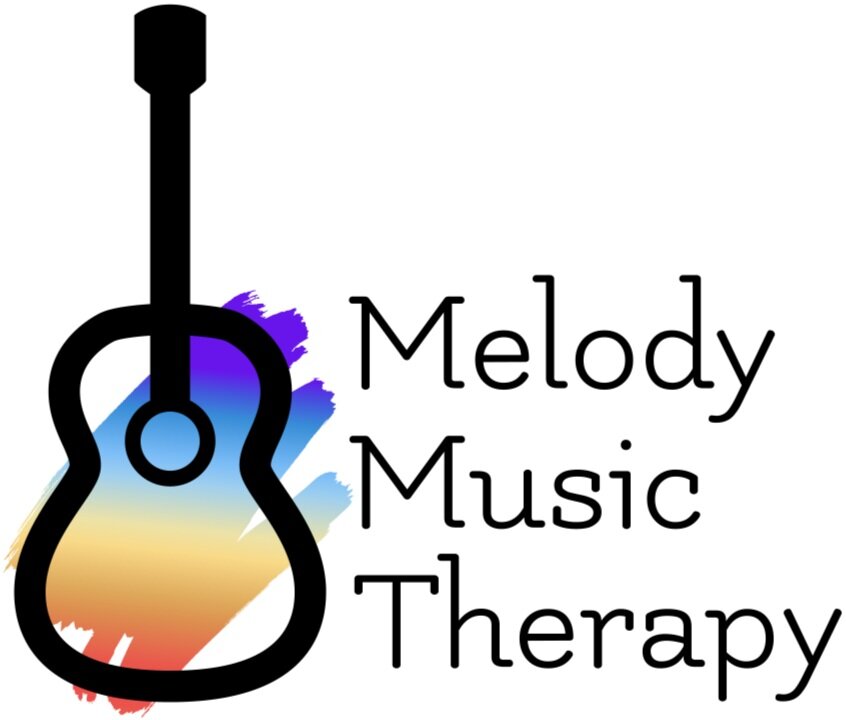Neurodiversity-Affirming: What It Is & What It Means To Us
One of Melody Music Therapy’s core values is the practice of neurodiversity-affirming care/perspectives. This paradigm is one that requires the unlearning of societal expectations put onto us in all stages of life. It requires actively opposing and challenging all systems of oppression such as racism, ableism, sexism, etc. Taking a course does not certify one in ND-affirming practices. It is a complete shift of mindset, and continued learning/unlearning of the myriad of ways to exist in the world as a human. Many therapists/practices claim to be neurodiversity-affirming, but often the buzzwords are as far as that claim goes.
In order to be transparent and give you deeper insight into who we are, here is an infographic I created outlining what neurodiversity-affirming means to us. (Note: something else we value is honoring the process of learning and owning what we don’t know. Just as we change and grow, so will our understandings and definitions of our values. We want to learn and be challenged. If you see something that doesn’t seem accurate, or notice some key parts are missing, please contact us, and respectfully let us know where we can adjust our language/knowledge.)
This list is a starting point to the understanding of neurodiversity-affirming practices- it is not a complete and extensive list. Check back in for future blog posts with more information on the neurodiversity-affirming paradigm, as well as more of MMT’s values.
Mikaila Vieyra, LPMT, MT-BC
Definition from Infographic:
neurotypes: different types of brains/neurological systems
neurodiverse: plural of neurodivergent. A person is neurodivergent, a group of people is neurodiverse
intersectionality: different social categorizations of a person’s identities (ex: race, sex, sexual orientation, class) are interconnected
unmasking: the process of shedding learned societal behaviors and stopping suppressing authentic neurodivergent traits (in the context of sensory experiences, social interactions, etc.)
Medical Model: “In the medical model, disability is perceived as an impairment in a body system or function that is inherently pathological. From this perspective, the goal is to return the system or function to as close to “normal” as possible. The medical model suggests that professionals with specialized training are the “experts” in disability. Persons with disability are expected to follow the advice of these “experts.” The language of the medical model is clinical and medical (e.g., left hemiplegia; partial lesion at the T4 level). This view is one that can sometimes be seen within the fields of health, mental health, and education.” (American Psychological Association)
ABA (Applied Behavioral Analysis): a type of therapy utilizing positive and negative reinforcement to teach neurodivergent children neurotypical skills including social, communication, motor, academic, etc.

